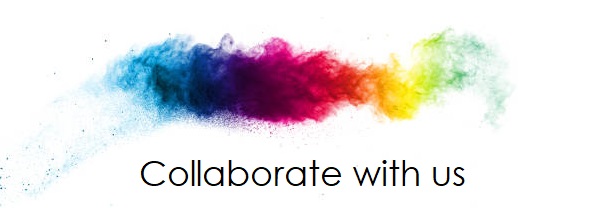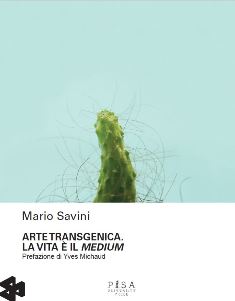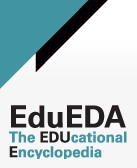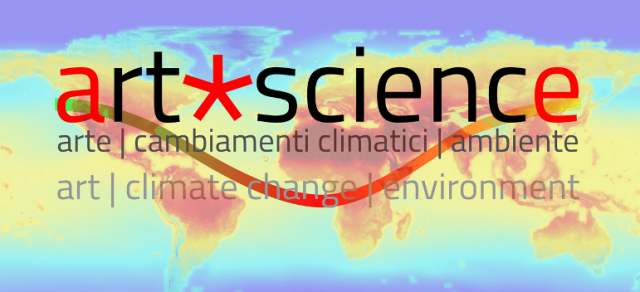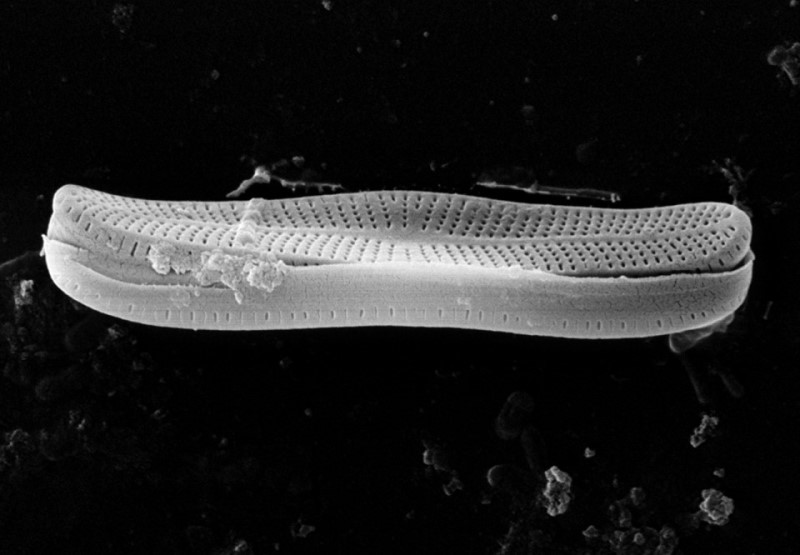
Land of Diatoms, a project by Susana Cámara Leret, Inés Cámara Leret and María Boto Ordóñez, aims to investigate the relationship between humans and Castile and León’s geographic areas. This research is part of a collaboration with the Laboratory of Diatomology of the University of León, in which diatoms are used as a metaphor to create a dialogue through which to discover historical events, trace existing narratives and discuss desirable futures for the land, its waters and its people.
Due to the high sensitivity of diatoms to chemical changes in the water, these microorganisms are used to analyse ecological parameters such as the quality of the water. Thanks to the fact that diatom cells are covered by a silica wall, they are fossilizable, and through their study, it is possible to analyse agricultural cycles marked by the arrival of the Romans, the Industrial Revolution or livestock farming, for example. As a consequence of their easy dispersion they can be found in any environment, not only in places where there is or there was water. At the same time, diatoms also help to outline a map of invasions through the study of the migration, dispersal and propagation of species as a result of human activities.
León
MUSAC - Museo de Arte Contemporáneo de Castilla y León
Susana Cámara Leret, Inés Cámara Leret, María Boto Ordóñez
Tierra de Diatomeas / Land of Diatoms
17 June – 10 September 2017


